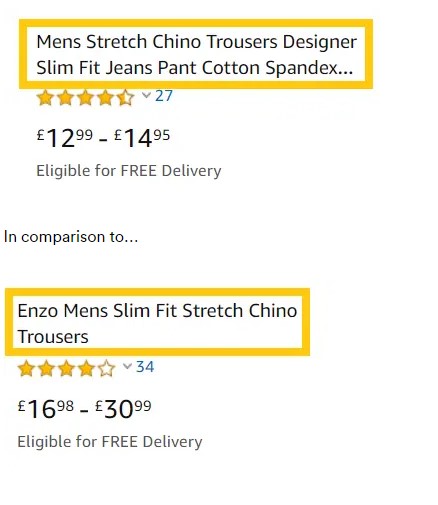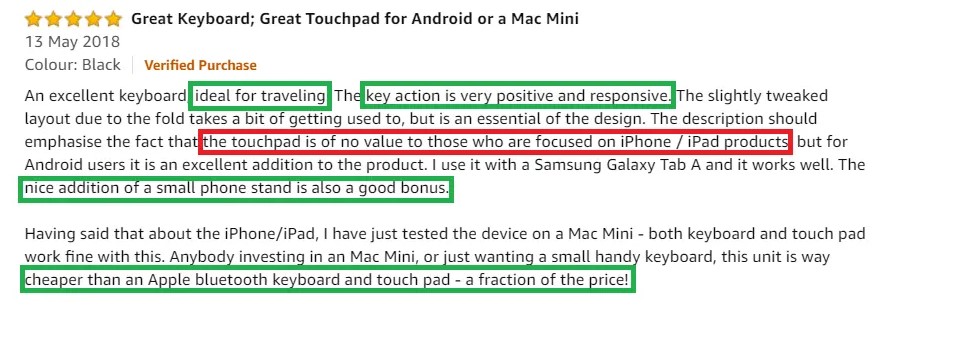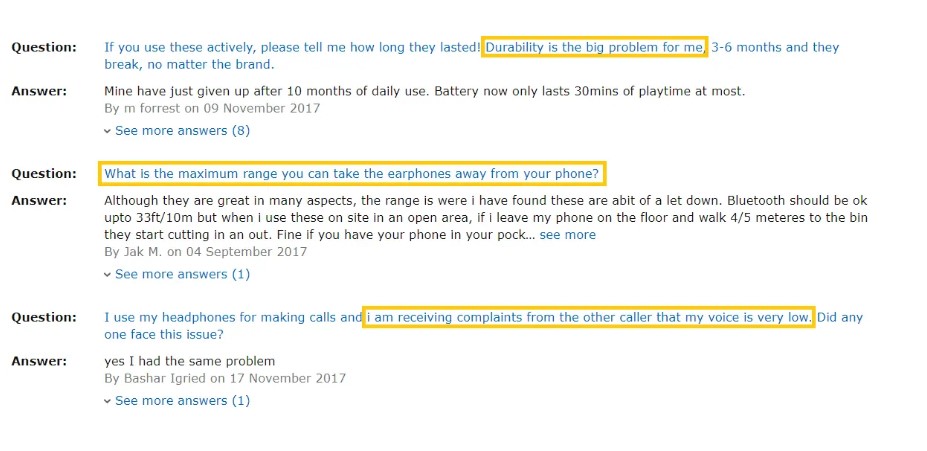Amazon Content Optimisation: Relevant to the A9 + Relevant to the User = Success
Well optimised content is the foundation of success when selling on Amazon. For each product, you need to create a finely tuned balance taking into account both relevance to the A9 and to the user in order to positively impact the likelihood of getting the sale. Fundamental to this is understanding that on Amazon, the customer must come first. This is because what Amazon really sells is the customer experience. When people want to buy, they go to Amazon knowing they will have an extensive range to choose from, they will find competitive prices, their payment will be secure and delivery will be fast and most likely free.
Content optimisation on Amazon focuses on the first stage of the experience for the customer, which is their search and decision making process for buying a product. The listing must be relevant enough to get their attention in the crowded search result pages, and then showcase the features and benefits well enough to convince them to buy.
Relevance to the A9
This part of content optimisation focuses on visibility, ensuring that your content includes numerous relevant keywords in order for the A9 (Amazon’s search algorithm) to match your products to applicable searches. In many cases, the keywords to include will be obvious, and you can simply use a tool such as Sonar or Google Keyword Planner to fill out your list with synonyms and closely related terms. A real handy tool is Soovle, which shows the most common auto-completes for search terms on a variety of search engines, including Amazon. It’s easy to use and is especially useful for identifying longer tail search terms.
Once you’ve identified your relevant keywords, you’ll want to include them in your titles, bullet points, descriptions and backend keywords. The A9 no longer weights keywords based on where they appear in your content, however a good rule of thumb is to include the terms that best describe your product most prominently (in the title), and then include synonyms and related keywords elsewhere. This means you can still be indexed for all the relevant keywords, but you’re also providing an optimal user experience by showing product titles in the search result pages that customers will easily recognise. For example, most people would describe a pair of Levi’s as “Jeans”, rather than “pants” or “trousers”.
One practice to avoid is creating keyword-spammed titles that not only confuse the customer, but convey a poor brand image and damage trust.

Relevance to the user
The focus of this is to showcase the features and benefits of your product that your customers care about and will influence their decision. Quite often, what brands believe their most compelling features to be, are not what customers see as the most important. It’s important not to simply make assumptions and instead put the customer experience first. You should look to what customers are actually saying about the product. What they rave about in the 5 star reviews, what they complain about in the 1 star reviews, and what they are unsure of in the Q&As.
Below is almost the ideal review for informing content optimisation. The customer has listed numerous features that they both like and dislike, in this case for a wireless keyboard.

And here is an example of some Q&As for a pair of bluetooth headphones, highlighting some key points such as durability and connectivity that they could address in bullet points, descriptions or EBC/A+ content.

In many cases, negative feedback is due to a buyer using a product incorrectly, so taking note of where customers are finding fault with your products will give you some great insight into what you need to clarify for them to improve their experience both before and after purchase. This will not only encourage customers to buy, but will also help to prevent any further negative feedback in the future.
Naturally you should look at the reviews and Q&As of your own products, however if you are new to Amazon, or simply don’t have many to look at just yet, look at those of comparable products both on Amazon and on other sites.
In conclusion
Optimising the content of your Amazon listings is an ongoing process as you learn more about how customers find your products and what features and benefits really matter to them. If you keep the customer experience as your focus, you can reap the benefits of increased visibility in a highly competitive marketplace and boosted conversion rates on your detail pages to help drive your brand forward on Amazon.
If you need help with your brand’s Amazon marketplace strategy or navigating the rapidly developing Amazon Advertising platform, get in touch.

